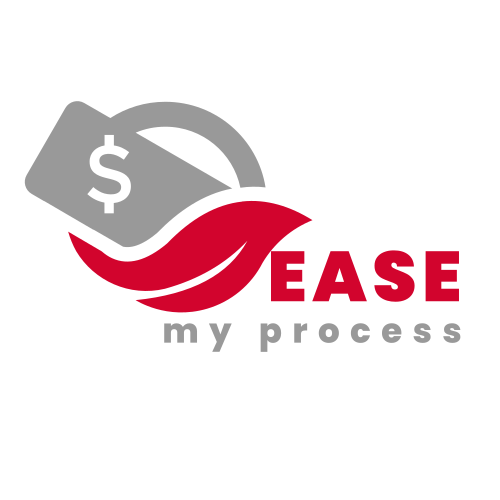- Published on
The Hidden Risks of Inaccurate Valuations and How to Avoid Them
- Authors

- Name
- Ease Pro
The Hidden Risks of Inaccurate Valuations and How to Avoid Them
The Consequences of Inaccurate Valuations
- Misallocation of Resources: Overvaluation can lead to unnecessary capital allocation to underperforming segments, while undervaluation may result in missed growth opportunities.
- Investor Confidence: Inaccurate valuations can erode trust with investors, leading to potential funding challenges in the future.
- Strategic Missteps: Businesses may make poor strategic decisions, such as pursuing unprofitable ventures or failing to capitalize on high-potential opportunities.
- Legal and Regulatory Risks: Inaccurate valuations can trigger compliance issues, leading to fines, penalties, or even legal battles.
- M&A Challenges: Incorrect valuations can complicate mergers and acquisitions, potentially leading to failed deals or unfavorable terms.
Key Factors Contributing to Valuation Errors
- Market Volatility: Fluctuations in market conditions can skew valuations, especially if based on outdated or incomplete data.
- Inadequate Financial Projections: Unrealistic or overly optimistic financial forecasts can mislead stakeholders about the company's true potential.
- Overreliance on Comparable Metrics: Relying too heavily on industry comparables without considering unique factors can lead to misleading valuations.
- Lack of Objectivity: Bias in the valuation process, whether intentional or unintentional, can distort the true value of the business.
Strategies to Avoid Inaccurate Valuations
- Comprehensive Due Diligence: Ensure thorough market analysis, competitor benchmarking, and financial auditing to support accurate valuations.
- Regular Revaluation: Periodically reassess the business's value to reflect current market conditions and internal changes.
- Engage Experienced Valuation Experts: Partner with financial professionals who have a deep understanding of the industry and market dynamics.
- Use Multiple Valuation Methods: Employ a mix of valuation methods to cross-validate the results.
- Scenario Analysis: Conduct scenario analysis to account for potential market changes and uncertainties.
